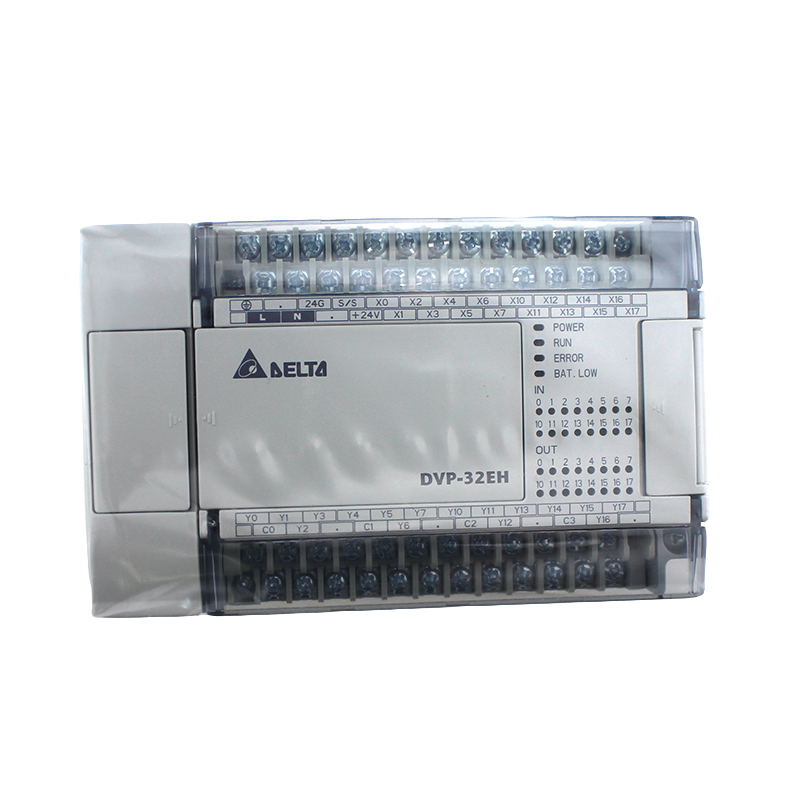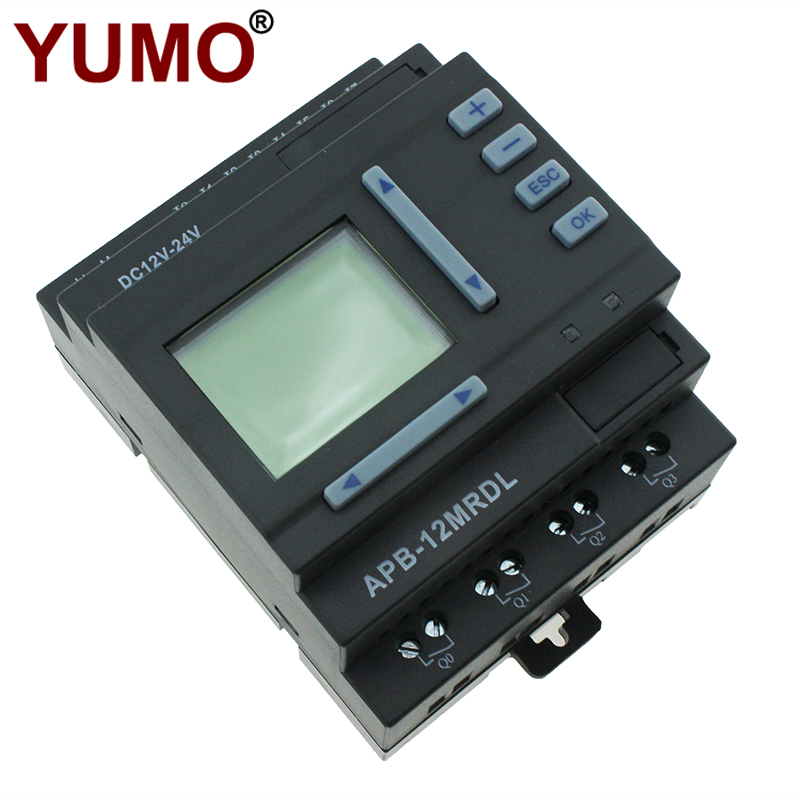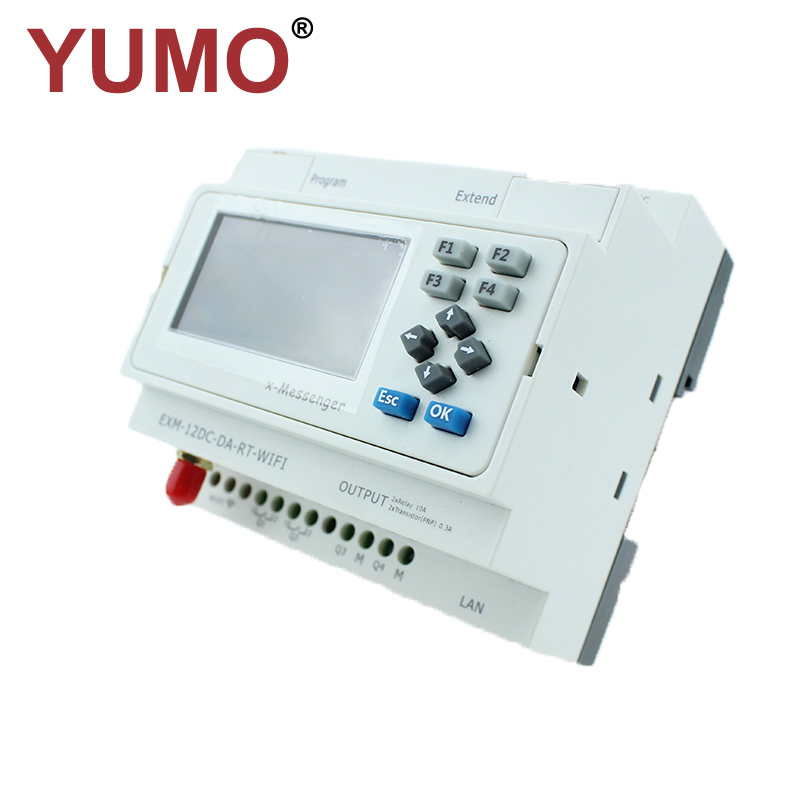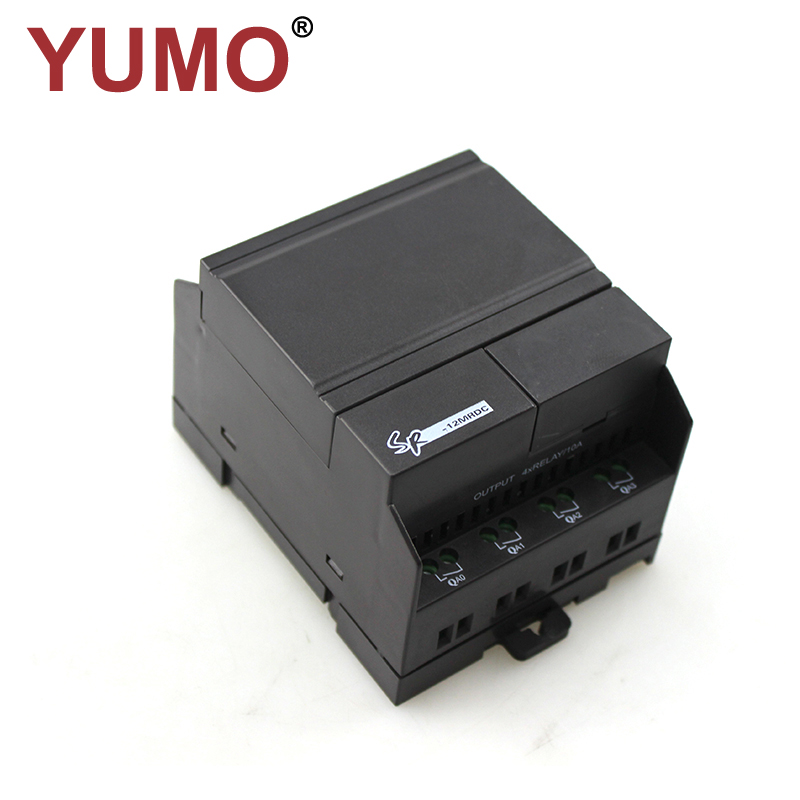Views: 68 Author: Emma Publish Time: 2021-08-14 Origin: Site
THE PROGRAMMABLE LOGIC CONTROLLER (PLC) AND ITS FORESEEABLE FUTURE
Introduction
The Programmable Logic Controller is a computer designed specifically for industrial applications that range from simple lighting projects to running entire manufacturing processes. This system can perform a wide variety of functions, providing many analog and digital Input/ Output (I/O) interfaces, and various communication protocols. All the PLC's components and functions revolve around the controller, which is programmed to perform a specific task. A large portion of PLCs currently are modular in nature, meaning users would be able to add additional functions if they wish such as serial communication and PID control. Modern PLCs are in a nutshell like normal computers to perform control functions in industrial applications.
Modern PLCs were introduced in the 1960s and was used in the automobile manufacturing industry. The present PLC has a lot of criteria to satisfy such as higher performance, smaller form factor, and greater functional flexibility. These functionalities along with its robust design make it the best choice for industrial control applications.

Benefits of PLCs
1) Cost savings
2) Reliability
3) Versatility
4) Ease of troubleshooting
History and Development
The first known PLC was created during the late 1960s.
As aforementioned, programmable logic controllers were originally invented for the U.S. automotive manufacturing industry to replace relay logic systems by General Motors (currently Schneider Electric). The automotive industry adopted PLCs initially for software revisions, which replaced rewiring of control panels that were used during the changing of production models.
Over the years, much improvement has been made to PLCs and now they are smaller and faster. With technological advancements in memory and solid-state memory, additional memory such as in the form of a microSD cards which are cheap and widely available, can easily be added to the PLC to boost its memory capacity for example.
Many companies have since entered the PLC manufacturing market like Siemens, ABB, Rockwell Automation (Allen-Bradley), Mitsubishi, GE, Omron, Delta, Bosch Rexroth, etc. The benefits and functions of the PLC are now found in industries beyond automotive manufacturing, including food processing, power generation, mining, etc.

Hardware Components
The main hardware components of a Programmable Logic Controller system are:
Central Processing Unit (CPU), microprocessor, Input/ Output (I/O) ports and the power supply unit.
CPU- This is used to perform logical operations, arithmetic operations, computer interface and many other functions.
Microprocessor- It is divided into two areas namely RAM (Random Access Memory) and ROM (Read Only Memory). ROM stores the program and data permanently for the operating system. RAM stores the status information of input and output devices, and the values of timers, counters, and other internal devices.
I/O ports- Input ports are used to interface and monitor field devices like sensors, switches, etc. while output ports are used to monitor and control devices like lamps, pumps, tanks, etc.
Power Supply Unit- Most PLCs work at 230VAC or 24VDC while some of them have an isolated power supply.

Features for a Promising Future
Compact size, Cost Optimization Processing Time
With the recent trends in nanotechnology, smaller Programmable Logic Controllers have been introduced in the nano and micro classes offering features previously found only in larger of its kind. This has meant the abandonment of the larger PLCs, as even those in the nano class are capable of ethernet communication, motion control, on-board PID with auto tune, remote connectivity and other features.
In response to market demands, many features and functions are now provided by lower end PLCs. For example, we can expect that small PLCs will evolve to include many features of higher-level PLCs, mid and high-end PLCs will offer a smaller, more compact, and customized solutions to meet users' needs.
PLCs are also exploiting the sudden crash in memory chips cost and reduced size. This permits greatly increased local data storage, allowing the use of a PLC in many applications formerly requiring expensive data acquisition systems. It also opens the door to other features, such as the on-board storage of product information, which can expedite troubleshooting.
Today's PLCs are already benefiting from USB technology, permitting us to get online, program, and monitor the control system. This technology is continuing to evolve, and with the availability of micro and mini-USB connectors, one can expect to see this communication option on more of the smaller PLCs.
Another example of a feature from the fast-moving consumer electronics world that is quickly penetrating the industrial controls field is non-volatile portable memory devices. These offer great benefit to the PLC customer by providing an enormous amount of additional memory in a small package. These options include USB devices, SD, miniSD, and microSD cards, adding up 32 GB of additional memory to a PLC as needed by the end user, machine builder, or system integrator.

Higher Integration
Programmable Logic Controller I/O ports can be increased adding certain additional modules by system extension through extension slots. Such a modified PLC that provides provision of extension modules is called a Programmable Automation Controller (PAC). Each module can contain both input and output ports. Extension modules can have inputs and outputs of a different nature from those on the PAC.
During this period of PAC versus PLC, we have seen a much faster advancement of both classes of the product. PACs have allowed users to increase the functionality of what is considered traditional industrial automation, encouraging suppliers to increase products to meet their demands.
These demands have challenged product designers to find new ways to support the available components and build them into a system that will be rugged and stand up to the harsh conditions of an industrial environment. The challenge continues with providing the connectivity, memory expansion, and processing power improvements required to handle ever more complicated applications, while maintaining or even lowering the cost of the finished product.
Programming Ease
An aspect of the Programmable Logic Controller (PLC) that reflects both the past and the future is programming language. The programming languages and classified as two graphical and two textual PLC programming language standards namely:
Ladder logic (graphical)
Function block diagram (graphical)
Structured text (textual)
Instruction list (textual)
The ladder diagram responded with advancements of its own and continues to be the top choice for 96% of its users. There are applications where sequential function chart is better, particularly for process control. Structured text works well for data manipulation, and other IEC languages have their strong points, but ladder diagrams forges on and remains the leader by a wide margin in terms of PLC programming languages.
Regardless of the hardware involved, this language has gone a long way in making the PLC an industry standard and this trend is expected to continue.

Summary
We hope you understand better regarding the past and present for programmable logic controllers.
With that, we would like to introduce YUMO which offers a wide range of industrial automation, such as electric power, machinery manufacturing, automobile, light textile, transportation, environmental protection and cultural entertainment and other industries. All our products are customized to meet the strictest guidelines and standards in the industry.
Contact our professional sales team at sales@yingselectric.com or you can drop us a call at +86 577 62791815 to find out more about our industrial automation solutions. Alternatively, you can leave the message through our ecommerce platform where you can browse through the complete range of PLC products for various industrial areas at your own time.
Human-Machine Interface (HMI): Bridging the Gap between Users and Technology
The Principle And Application of SSI Output in Absolute Value Encoder
Integrating PLCs for Seamless Operation in Industrial Machinery
The Importance of PLC Programming in Manufacturing Processes
How HMI (Human Machine Interface) is Revolutionizing Human-Machine Interaction in the Digital Era
The Evolution of HMI (Human Machine Interface) in the Age of Industry 4.0